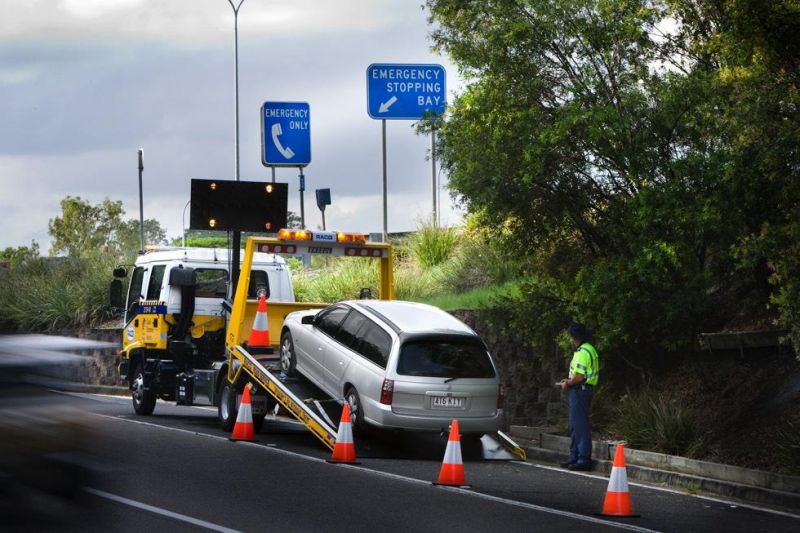A proposal from the Automobile Club of Victoria could see motorists in the state drive slower in the name of safety for more road workers, even though the slower speeds have previously led to near misses and accidents.
The Victorian Legislative Assembly’s Parliamentary Committee on Economy and Infrastructure has backed a proposal from the Royal Automobile Club of Victoria (RACV) to introduce a 40km/h speed limit when overtaking tow trucks and roadside assistance vehicles with flashing lights.
Currently, drivers traveling in Victoria are only required to slow to 40km/h for traditional emergency service vehicles – such as ambulances, police and fire engines – if their flashing lights are activated.
It follows the proposal for a 25km/h limit on overtaking roadside assistance vehicles in South Australia, put forward ten years after the speed limit was introduced for first responders, and is due to be tabled in state parliament in the near future.
With the introduction of the RACV proposal, breakdown attendants, such as those employed by RACV, would enjoy the same protection.
“Every day, hundreds of our workers put themselves at risk of injury and death from fast-moving vehicles while helping over 820,000 people in Victoria each year,” RACV Motoring Products general manager Jeff Ames said in a media statement.
“We welcome the committee’s recommendation for a review, but believe the Victorian Government should urgently introduce legislation to reduce the speed limit in Victoria to protect worker safety.
“RACV has been in discussions with the Victorian Government about introducing a speed limit of 40 kilometers per hour when passing or overtaking an emergency service.
“After 18 months of meetings with the offices of the Road Safety Minister, the Police Minister and their departments, we have still not seen any change to the rules of the road, so this recommendation is welcome.”
Although the reduced speed limit when overtaking emergency vehicles is intended to protect vulnerable road users, it still happened that following vehicles did not see the flashing lights and did not react in a timely manner to the rapidly slowing traffic, which led to individual incidents.
A 2019 report by ABC News showed dashcam footage of several accidents involving vehicles that had correctly slowed down but were in turn hit by other drivers who had not noticed the changed conditions.
Then-South Australian Emergency Services Minister Corey Wingard told the publication that the state’s 25km/h limit was not only inconsistent with other jurisdictions, but was arguably more dangerous.
“From the vision we provided, you can see that when cars slow down from 100 to 25, it can be incredibly dangerous. If the vehicle behind doesn’t see that, it can be incredibly dangerous,” Wingard said ABC News.
In Western Australia and Tasmania, drivers must slow down to 40km/h when passing emergency vehicles, including roadside assistance, if their flashing lights are activated.
This 40 km/h limit also applies in New South Wales, but only on roads with a speed limit of 80 km/h or less. For those posted at 80 km/h and above, drivers must “slow down safely and move over”.
The country initially introduced a blanket regulation for the 40 km/h limit, but this was later adapted to current requirements.
While Queensland requires “motorists to move over and slow down when passing a stationary emergency vehicle with flashing blue, red, magenta or yellow lights,” it does not specify what speed they must slow down to.
There is currently no law in the Northern Territory requiring motorists to slow down, whether for conventional emergency vehicles or roadside assistance.


